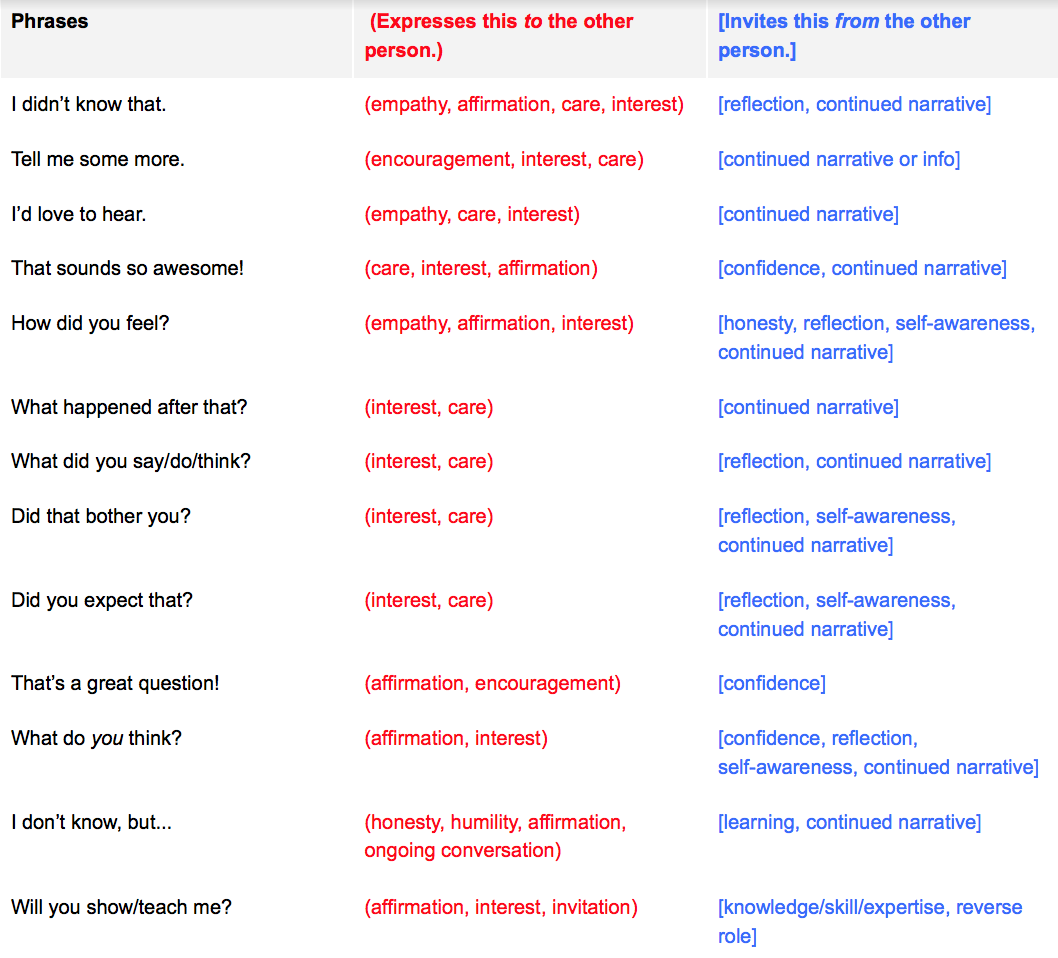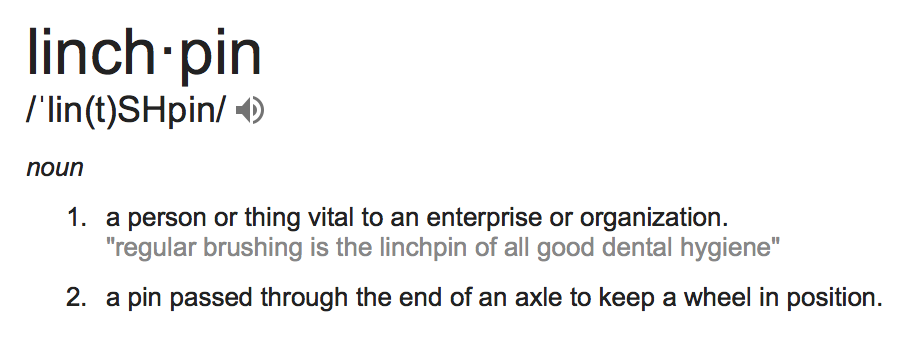Preschoolers are famous for shrieking with indignant rage, “DON’T COPY ME!” when an older child or adult copies them. It’s annoying, irritating, and entirely unfunny to the child being copied.
But older children and adults do it anyway because sometimes they (we) are overly zealous about creating and satisfying their (our) own amusement. (Insert an honest confession and admission here.)
Copying little children isn’t especially nice. Copying a classmate’s test answers isn’t at all honest. Copying someone else’s creative production isn’t even remotely decent.
Copying Jesus is another matter altogether.
Jesus himself tells us to copy his behavior by serving as he did (John 13:14), obeying as he did (John 15:10), and loving as he did (John 15:12).
Paul tells us to copy Jesus’ attitude (Phil. 2:5).
Peter tells us to copy Jesus’ way of living (I Peter 2:21).
So copy away. Copying the living Word that was (and was with) God in the beginning is a very good thing. So is copying his written word.
For everyone who has ever struggled to engage with the Bible, to journal about its profundity, or to immerse themselves in sacred scripture, here is the easiest devotional/contemplative/intentional/analytical way to interact one-on-one with God’s word:
JUST COPY IT.
That’s it. That’s the secret sauce.
1. Open up your Bible to a particular passage (anything will do – a Psalm, a story of Jesus, an epistolary teaching, an Old Testament episode).
2. Open up your journal (anything will do – lined, unlined, leatherbound, spiralbound).
3. Pick up a writing instrument (anything will do – ballpoint, rollerball, #2 graphite, Staedtler markers in 24 vibrant colors, fountain pen).
4. Copy (all the words from the Bible passage, into the journal, word for word).
You needn’t follow the original formatting, i.e. you can use UPPER CASE AND lower case at YOUR DISCRETION. You can use various colors. You can change your handwriting style. You can underline or highlight or bold. You can turn a long list into a
You can write VERY BIG or very small.
You can do whatever you want, as long as you copy all the words.
That’s it. Really. Truly.
Deuteronomy 17 provides guidelines for future kings, including a specific imperative that a new king must copy for himself all the words of God’s instruction. Not “just because,” but so that:
he would have a personal copy of God’s words,
he would learn to fear God and obey him,
he wouldn’t become proud,
he would remain wholly faithful to Yahweh.
It’s right there in Deuteronomy: JUST COPY IT. For good (and kingly) reasons.
We are not on the road to Old Covenant kingship, but still, let’s JUST COPY IT. For good (and disciplined) reasons, so that:
we would slow down and spend more time with the words,
we would see new things as our eyes and brains and hands work together,
we would learn to identify and remember small sets of words as cohesive thoughts,
we would notice repetition, emphasis, structure, and intent.
Copying God’s word is easy. It is never a waste of time. It transcends age. It requires no special training, education, or knowledge.
Most importantly, it will change you in sure and subtle ways, as God’s word always does when we simply take time to read it, relate with it, and rest in it.
_______________
Some other things:
1. A new journal is supremely motivating.
2. A stellar pen is almost absolutely necessary.
3. The Psalms are an obvious starting point.
4. White space is your friend. Don’t cram as many words as possible on a page. Spread out. Take it easy. Triple space.
5. After copying, think about these things:
What did I notice about the act of copying?
What did I notice about the content of what I copied?
What did I notice about these words after copying them that I’d never noticed after simply reading them?
Written By Crystal Kirgiss (crystal.kirgiss@comcast.net)























